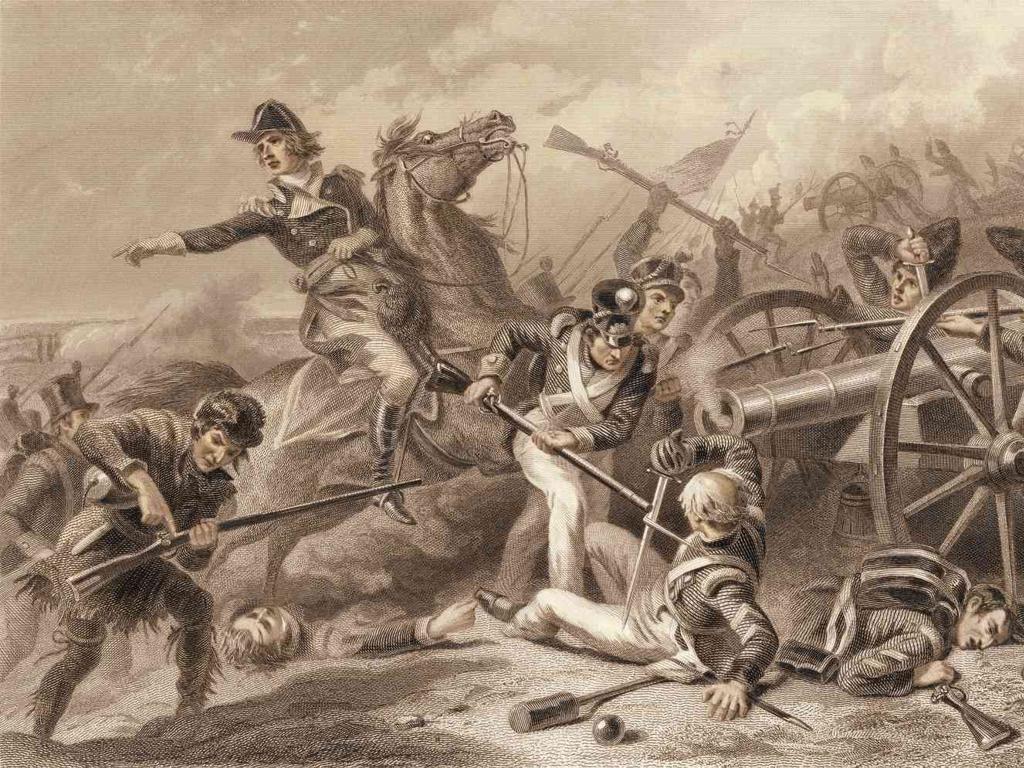Complementary And Supplementary Angles
Subject: Math
Grade: Sixth grade
Topic: Lines And Angles
Please LOG IN to download the presentation. Access is available to registered users only.
View More Content
Complementary and Supplementary Angles
– Define complementary angles
– Two angles adding up to 90 degrees
– Define supplementary angles
– Two angles adding up to 180 degrees
– Angle relationships and their properties
– How angles work together to form larger shapes
– Real-world angle applications
– Examples: corners of a book, crossroads
|
This slide introduces students to the fundamental concepts of complementary and supplementary angles, which are pivotal in understanding geometric relationships. Complementary angles are two angles whose measures add up to 90 degrees, often found in right-angled objects. Supplementary angles, on the other hand, add up to 180 degrees and can be seen in straight lines and adjacent angles. Discuss how these angles are used in everyday life, such as in the design of objects and the construction of buildings. Encourage students to identify these angles in the classroom and at home for a practical understanding of the concepts.
Understanding Angles
– Recap: What is an angle?
– An angle is the space between two rays with a common endpoint
– Angles are formed by intersecting lines
– Imagine two rays starting at the same point and opening up
– Angles are measured in degrees
– We use a protractor to measure how open or closed an angle is
– Types of angles based on degrees
– Acute, right, obtuse, and straight are some angle types
|
Begin with a quick review of the definition of an angle to refresh students’ memory. Emphasize that an angle is created when two lines or rays meet at a point called the vertex. Use everyday examples, such as the hands of a clock forming different angles as they move, to illustrate the concept. Explain that the unit of measurement for angles is degrees and that a full circle is 360 degrees. Introduce the different types of angles based on their degree measurements: acute (less than 90°), right (90°), obtuse (greater than 90° but less than 180°), and straight (180°). This foundational knowledge will be crucial as they learn to identify and work with complementary and supplementary angles.
Exploring Types of Angles
– Acute Angles: Less than 90°
– e.g., 45° is an acute angle
– Right Angles: Exactly 90°
– e.g., corner of a square
– Obtuse Angles: More than 90°
– e.g., 135° is an obtuse angle
– Straight Angles: Exactly 180°
– e.g., a straight line
|
This slide introduces students to the basic types of angles they will encounter in geometry. Acute angles are sharp and less than 90 degrees, often found in various geometric shapes. Right angles are the cornerstones of geometry, making a perfect L shape and are exactly 90 degrees. Obtuse angles are wider, between 90 and 180 degrees, and can be seen in everyday objects like fans. Straight angles are line up straight, making a 180-degree angle, resembling a straight line. Encourage students to find examples of each type of angle in the classroom or at home to help solidify their understanding.
Understanding Complementary Angles
– Complementary angles sum to 90°
– When two angles add up to a right angle, they are complementary.
– Examples: 30° with 60°, 45° with 45°
– Common pairs include 30° and 60°, or two 45° angles.
– Can be adjacent or non-adjacent
– Adjacent angles share a common side, non-adjacent do not.
|
This slide introduces the concept of complementary angles, which are two angles that together total 90 degrees, forming a right angle. Use examples like 30° and 60°, or two 45° angles to illustrate this concept. Explain that complementary angles can be adjacent, meaning they are next to each other and share a common side, or non-adjacent, meaning they are not next to each other. Encourage students to find examples of complementary angles in the classroom, like the corners of a book or the angles formed by the hands of a clock showing 3 o’clock.
Understanding Supplementary Angles
– Definition of supplementary angles
– Two angles that sum to 180°, like a straight line
– Examples of supplementary pairs
– For instance, 120° and 60°, or two right angles at 90° each
– Adjacent vs non-adjacent
– They can share a common side or be separate
– Significance in geometry
|
This slide introduces the concept of supplementary angles, which are two angles that together total 180 degrees. Use examples such as 120° and 60° to show how different pairs of angles can be supplementary. Highlight that supplementary angles can be adjacent, forming a straight line, or non-adjacent, where they do not share a common side but still add up to 180°. Emphasize the importance of this concept in understanding the properties of various geometric shapes and solving related problems. Encourage students to find supplementary angles in their environment, such as corners of books or intersections of streets.
Identifying Complementary and Supplementary Angles
– Define complementary angles
– Two angles adding up to 90 degrees
– Define supplementary angles
– Two angles adding up to 180 degrees
– Measuring angles with a protractor
– Use a protractor to find exact angle measurements
– Class practice: Identify and measure
– Find and measure angles in pairs or groups
|
This slide introduces students to the concepts of complementary and supplementary angles. Complementary angles are two angles whose measures add up to 90 degrees, often forming a right angle when combined. Supplementary angles, on the other hand, add up to 180 degrees and form a straight line when put together. Students will learn how to use a protractor to measure angles accurately. During class practice, students will work individually or in groups to identify and measure angles provided in worksheets or around the classroom. This hands-on activity will help solidify their understanding of these concepts. Provide guidance on proper protractor usage and ensure that students can differentiate between complementary and supplementary angles through measurement.
Real-World Applications of Angles
– Angles in architecture
– Buildings & bridges use complementary & supplementary angles for stability.
– Angles in sports
– In basketball, the angle of a shot can be the key to scoring points.
– Angles in daily objects
– Furniture often has angles adding to 90° or 180° for functionality.
– Understanding angle relevance
|
This slide aims to show students how complementary and supplementary angles are used in various real-world applications. In architecture, these angles are essential for creating stable and aesthetically pleasing structures. In sports, understanding angles can improve performance and strategy, such as the trajectory of a basketball shot. Everyday objects like tables and chairs also incorporate these angles for functionality and design. Encourage students to observe their surroundings and identify examples of complementary and supplementary angles. This will help them appreciate the practical importance of what they learn in math class.
Class Activity: Angle Hunt
– Find angles in the classroom
– Measure each angle found
– Determine angle relationships
– Are they complementary (add up to 90°) or supplementary (add up to 180°)?
– Share discoveries with peers
|
This interactive activity is designed to help students apply their knowledge of complementary and supplementary angles in a real-world setting. Provide students with protractors and have them explore the classroom to find and measure various angles. Once they have their measurements, they should use their understanding of angle relationships to classify the angles as complementary or supplementary. Encourage students to work in pairs or small groups to foster collaboration. After the hunt, each group will present their findings to the class, explaining how they determined the relationships between the angles they found. This will reinforce their learning and improve their communication skills. Possible variations of the activity could include finding angles in magazines, creating angles with paper, or using a digital angle-finding tool.
Homework: Exploring Angles Everywhere
– Complete angles worksheet
– Find home examples
– Look around your house for angles that add up to 90° and 180°
– Complementary angles sum
– Two angles that add to 90°, like the corners of a book
– Supplementary angles sum
– Two angles that add to 180°, like a flat table edge
|
This homework assignment is designed to reinforce the concepts of complementary and supplementary angles. Students are tasked with completing a worksheet to practice their skills in identifying and calculating these angles. Additionally, they are encouraged to find real-life examples of complementary and supplementary angles in their home environment, which helps them see the practical application of these mathematical concepts. For complementary angles, students can look for objects forming right angles, while for supplementary angles, they can find instances of straight angles. This activity will help students recognize these angles in everyday objects, enhancing their understanding and retention of the subject matter.
Angles Around Us: Conclusion and Recap
– Review: Complementary angles
– Two angles adding up to 90 degrees
– Review: Supplementary angles
– Two angles adding up to 180 degrees
– Angles in daily life
– Used in construction, art, and navigation
– Observe angles around you
– Look for angles in buildings, furniture, and nature
|
As we wrap up our lesson on complementary and supplementary angles, it’s important to remember that these concepts are not just academic; they have practical applications in various fields such as construction, art, and navigation. Understanding how to calculate and recognize these angles helps us appreciate the geometry in the world around us. Encourage students to be observant of their surroundings and identify complementary and supplementary angles in everyday objects. This will reinforce their learning and show them the relevance of mathematics in real life. For homework, students could take pictures or draw examples of complementary and supplementary angles they find in their environment.





